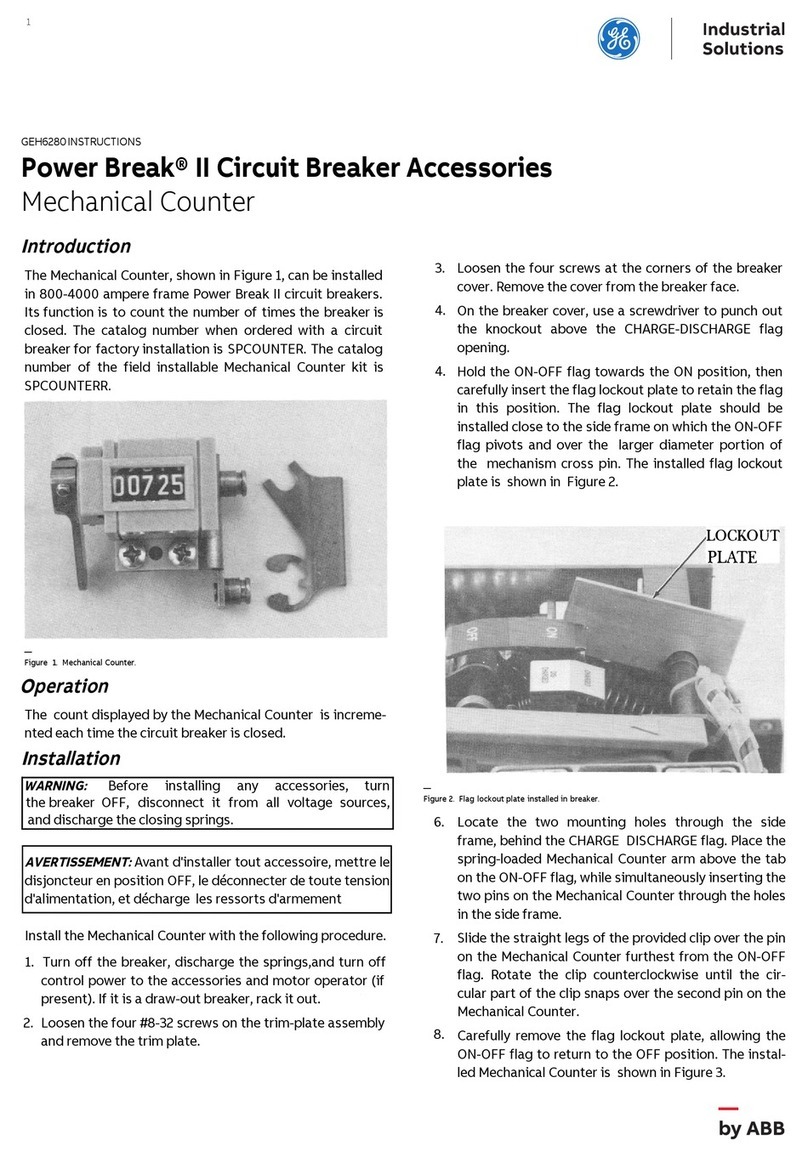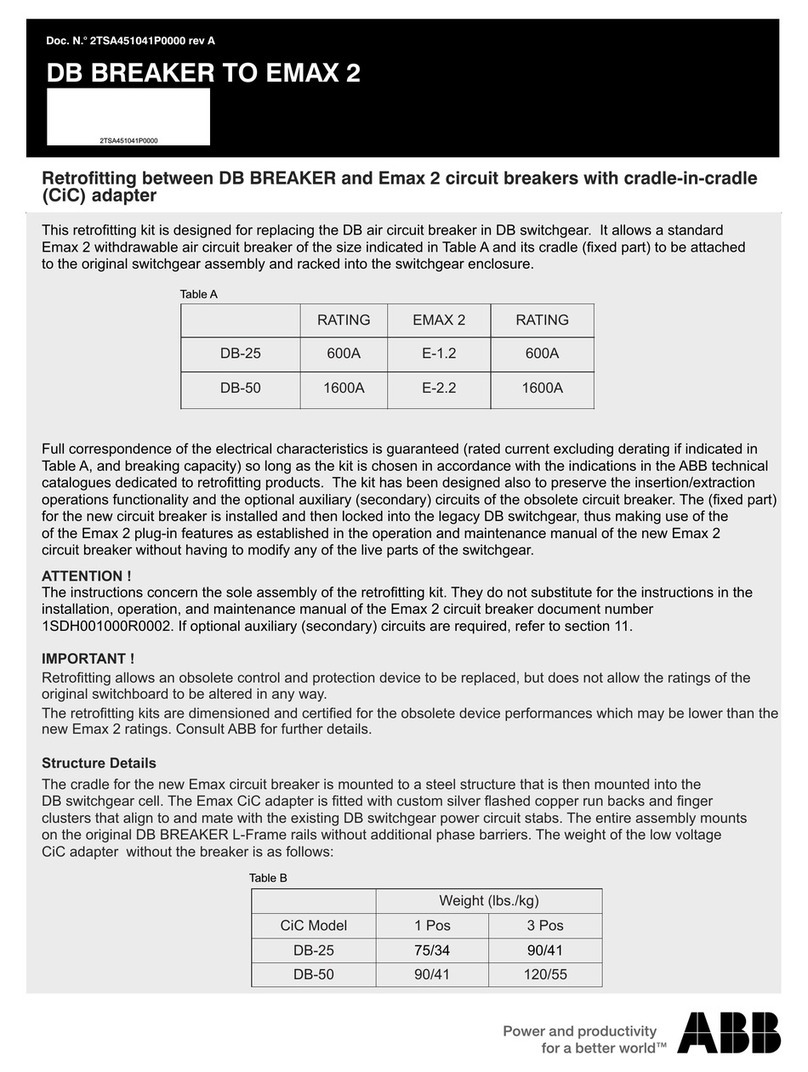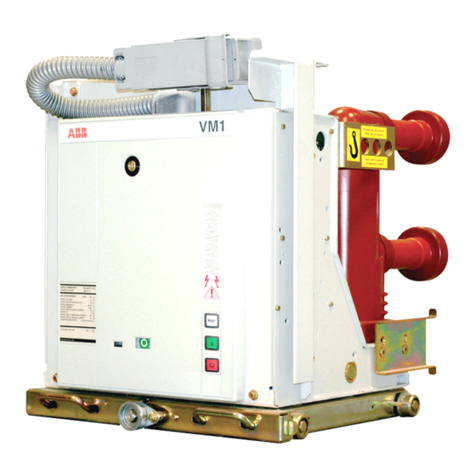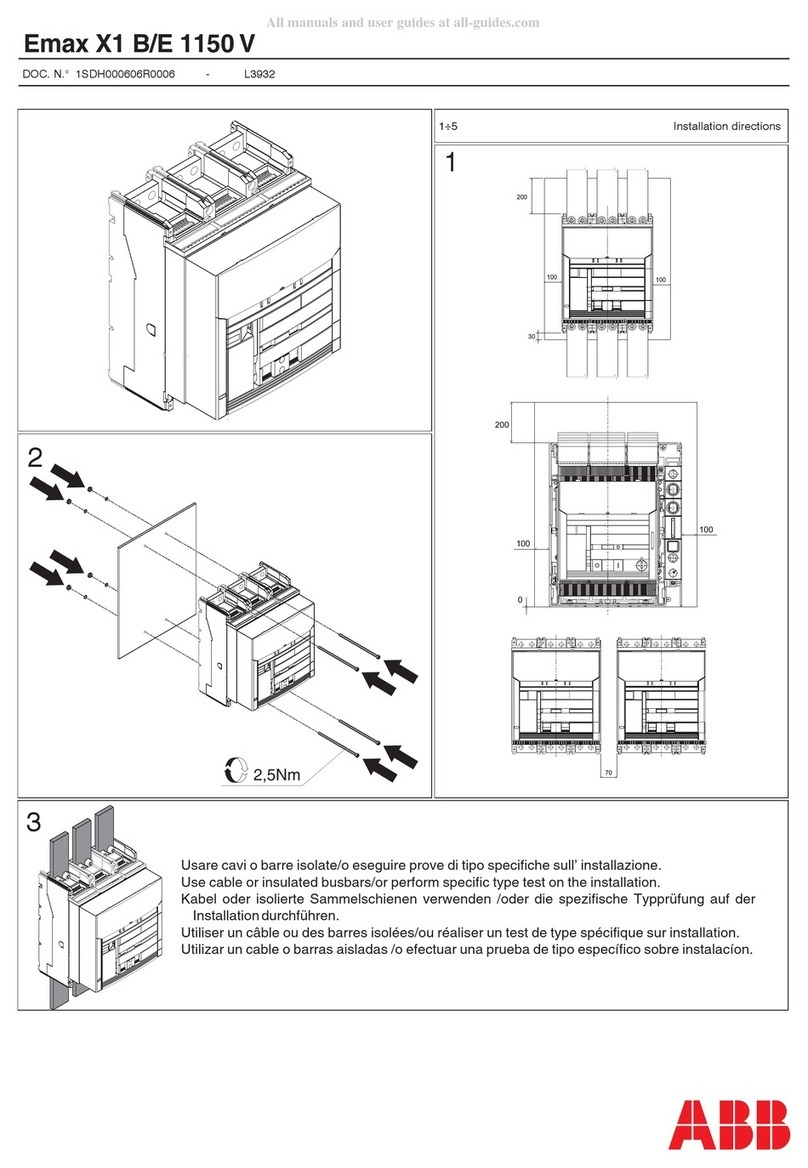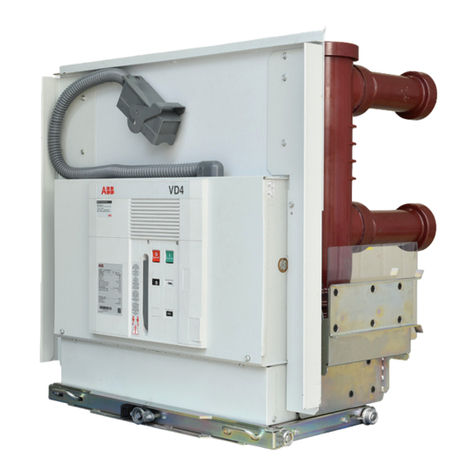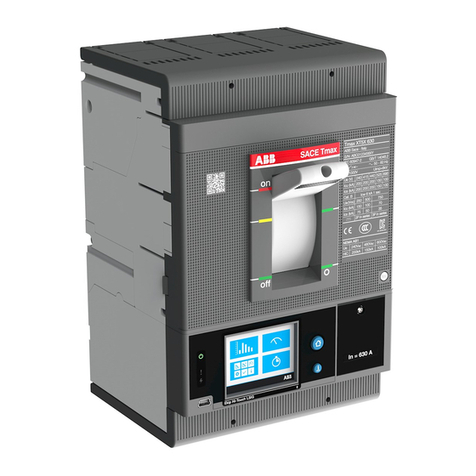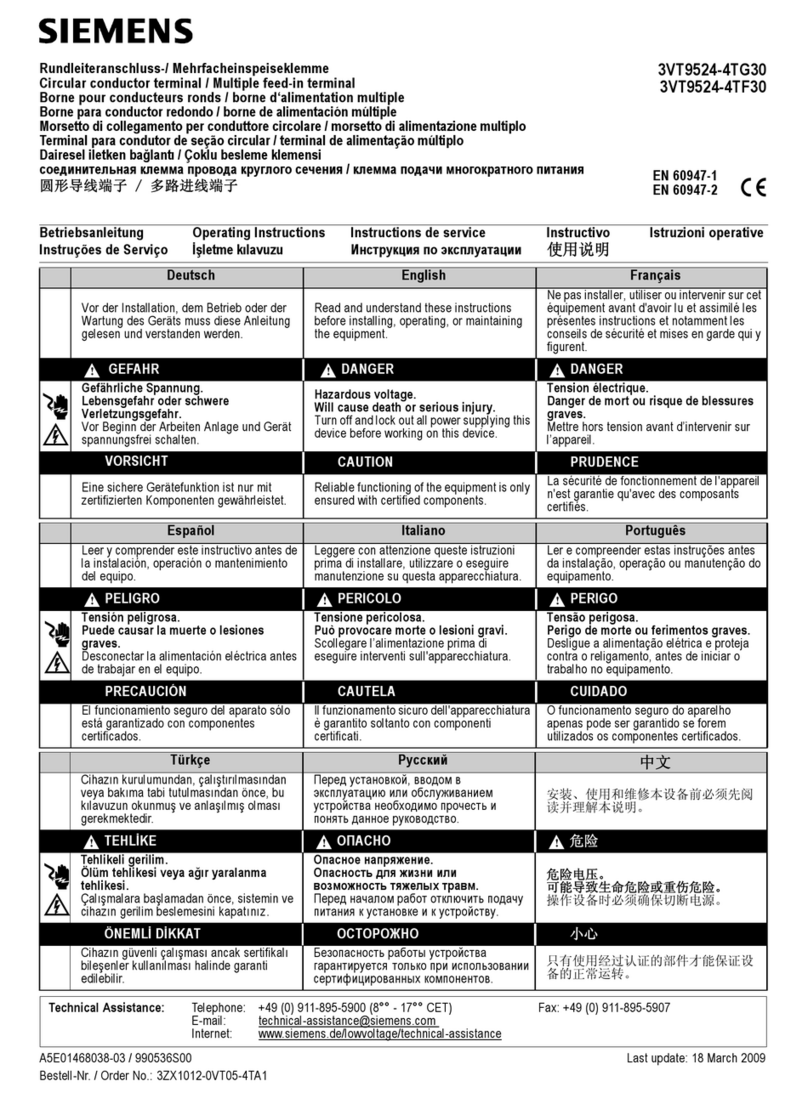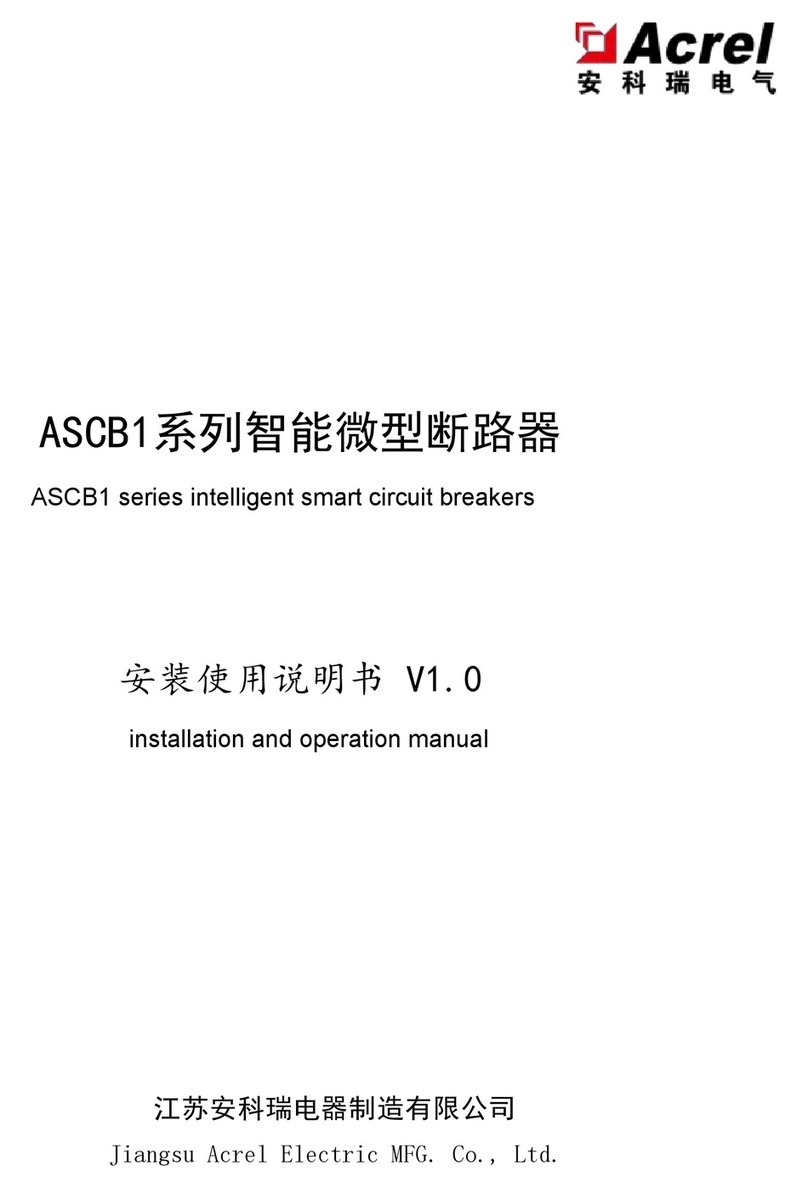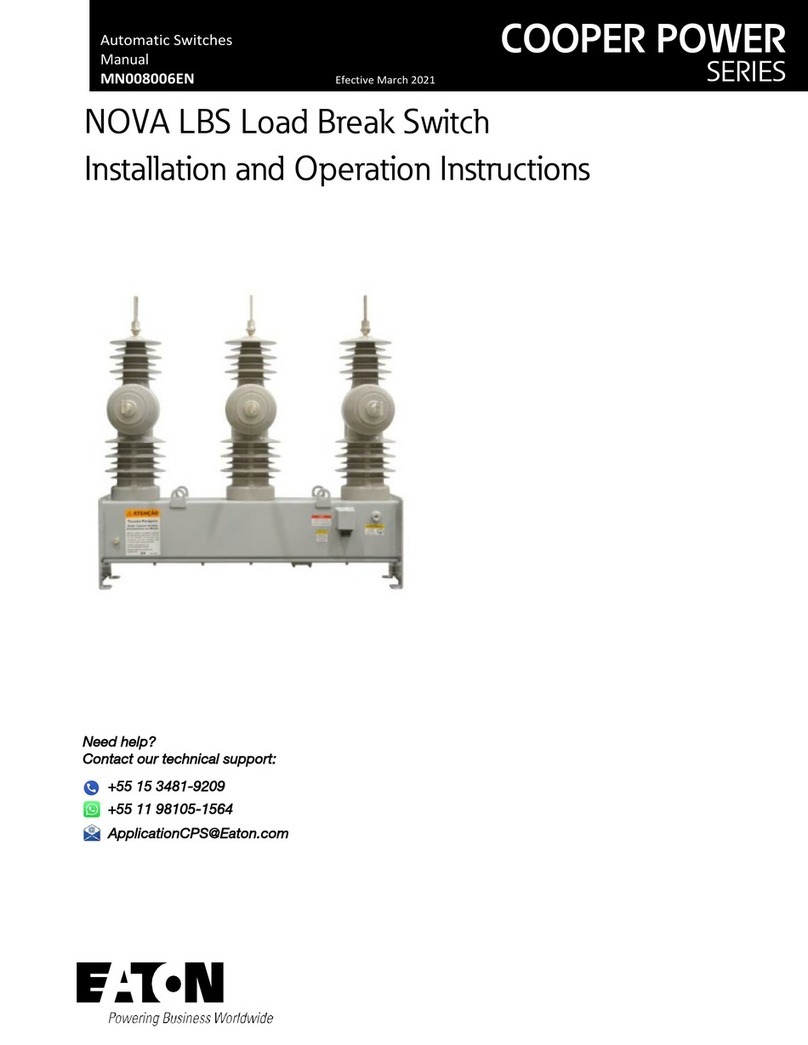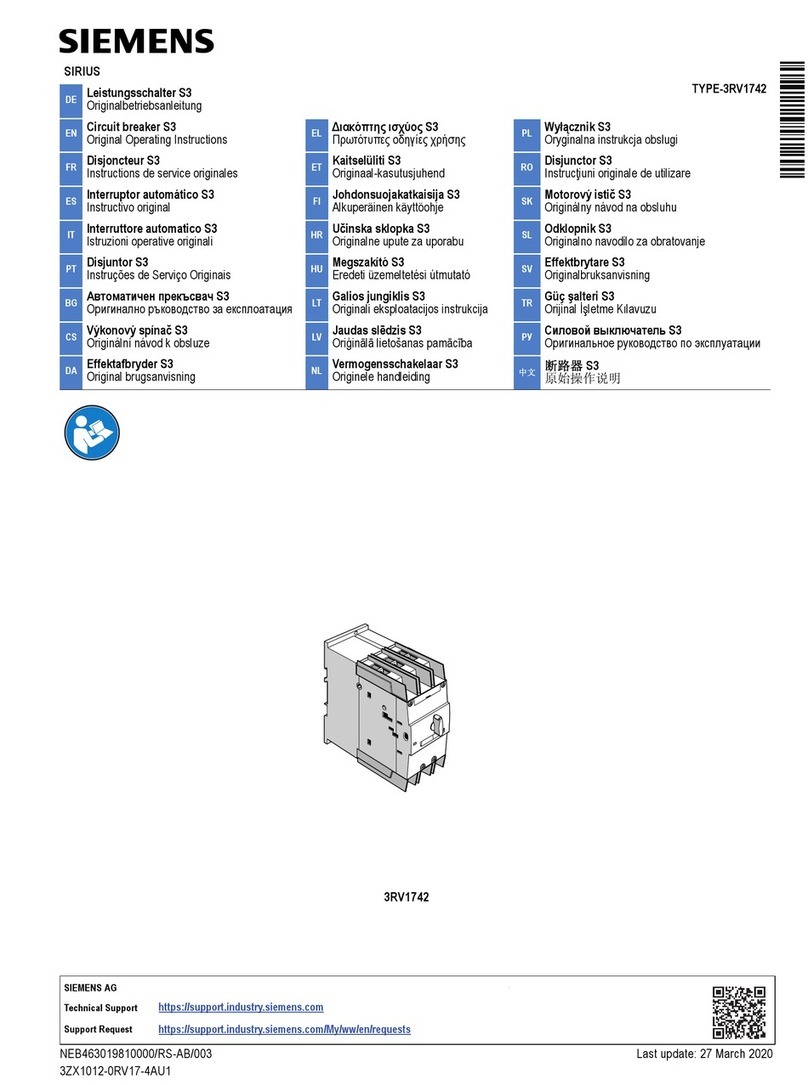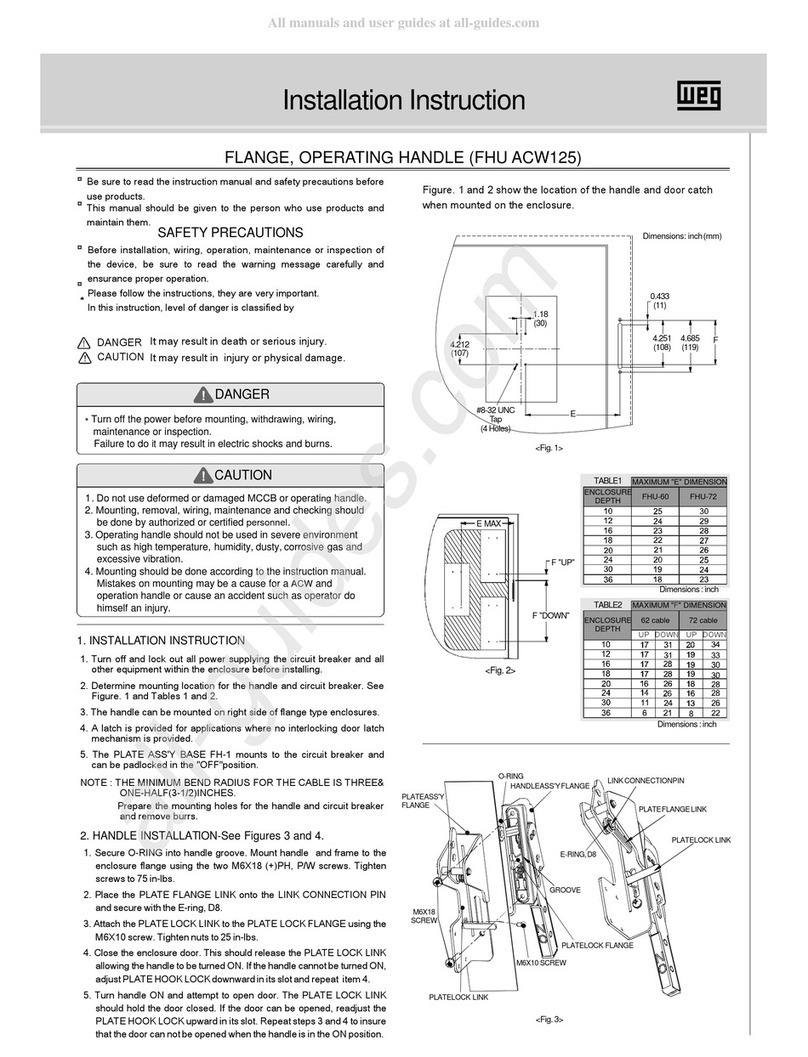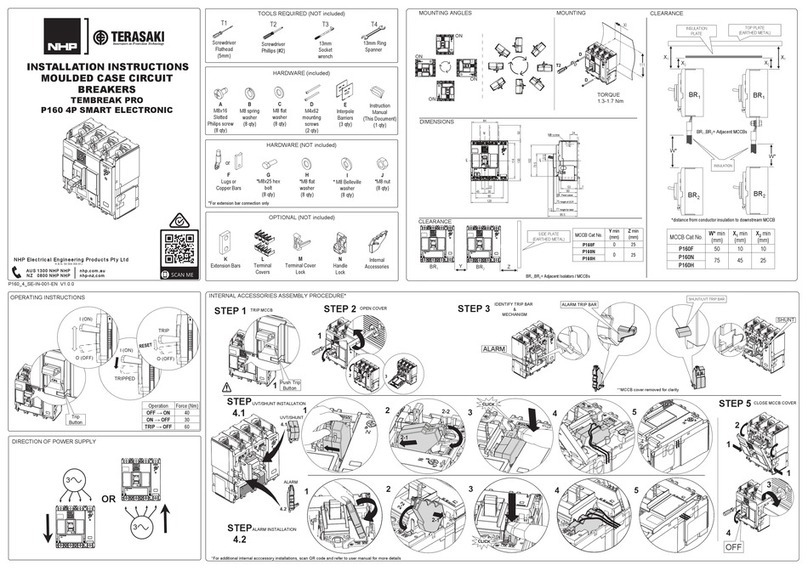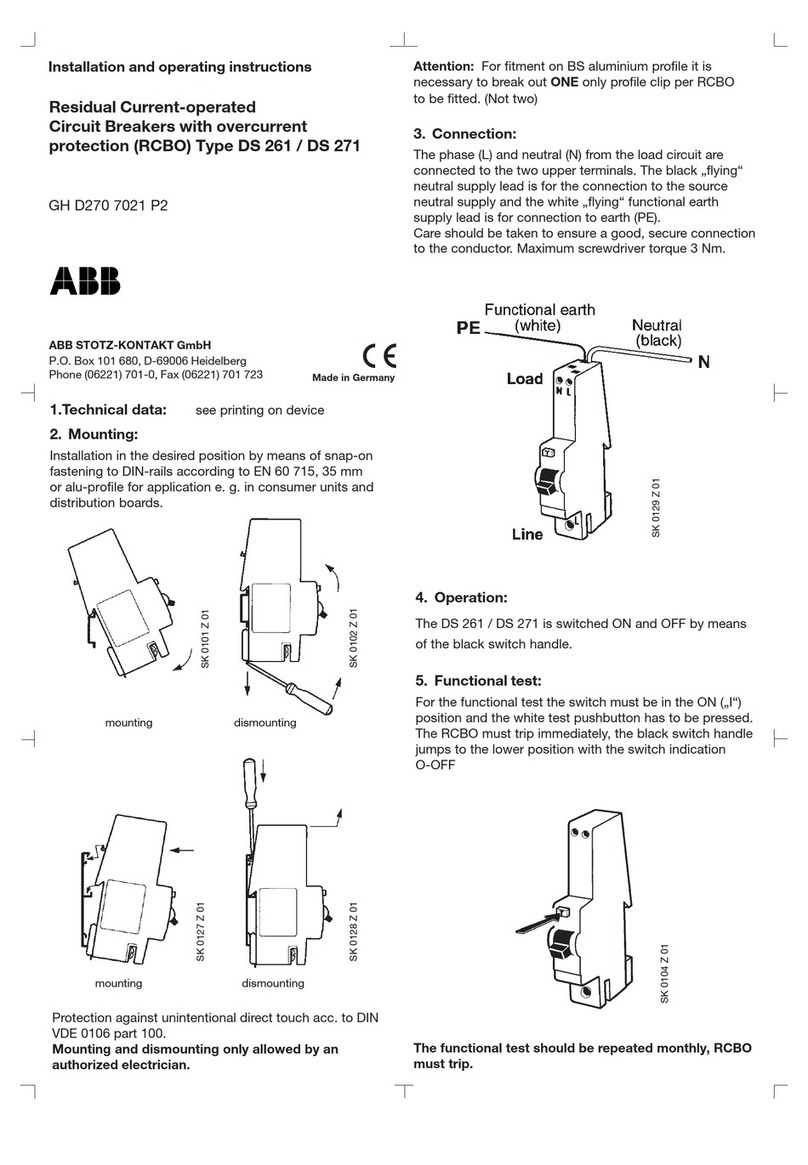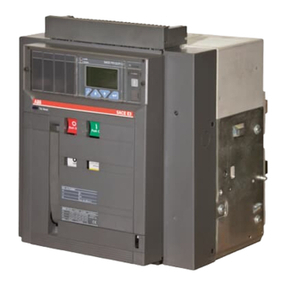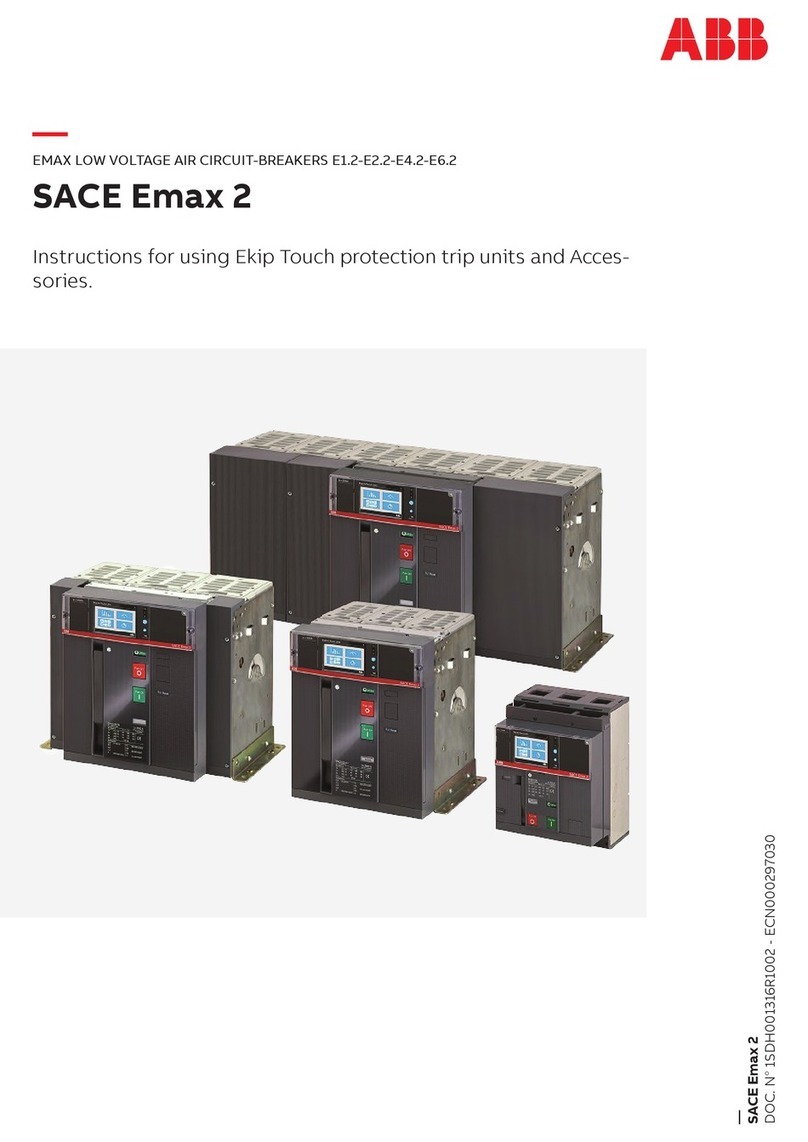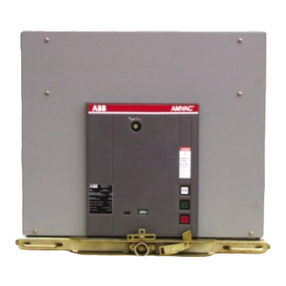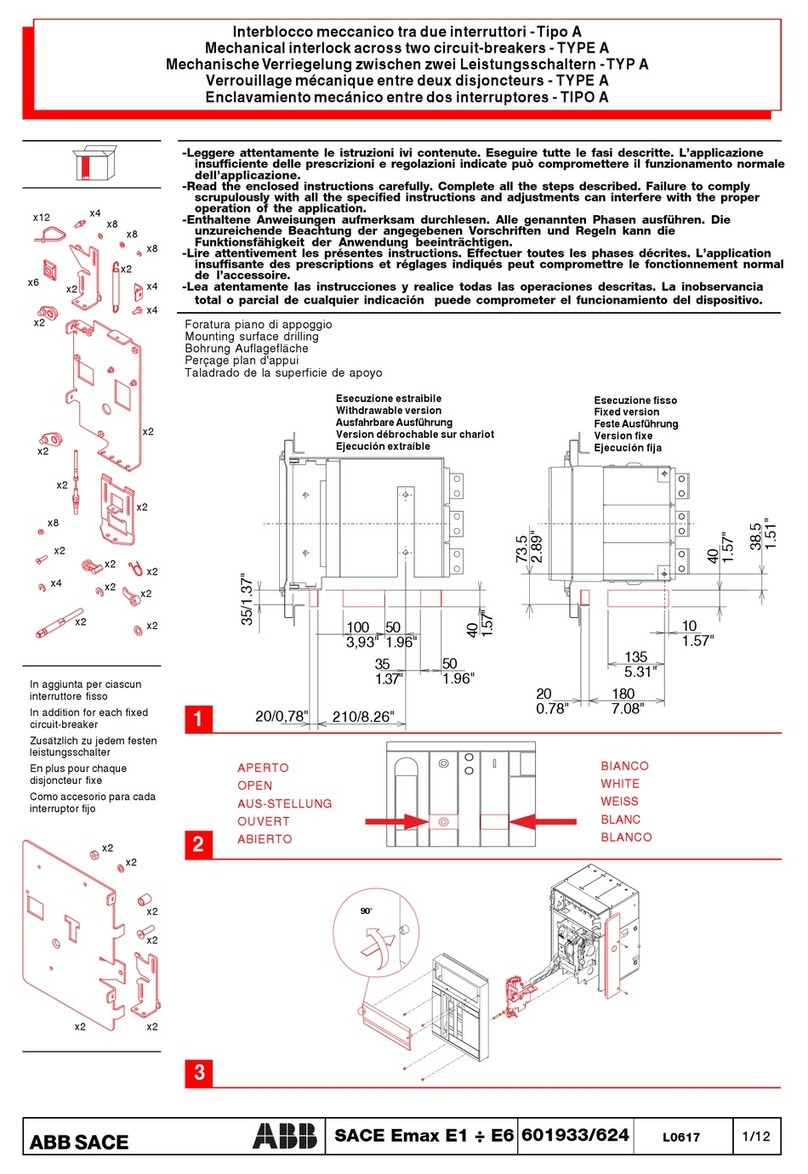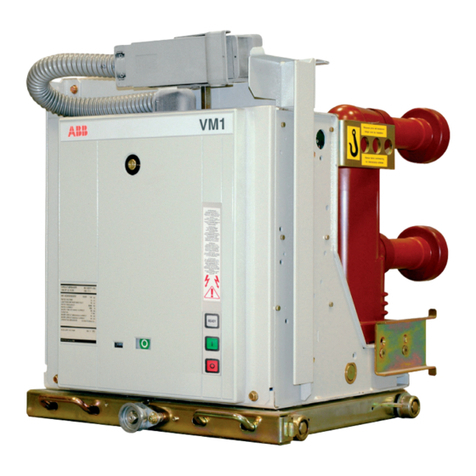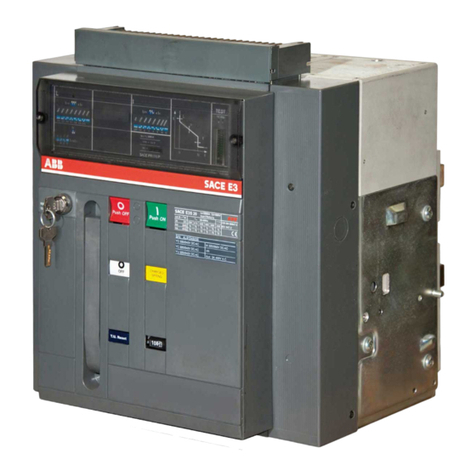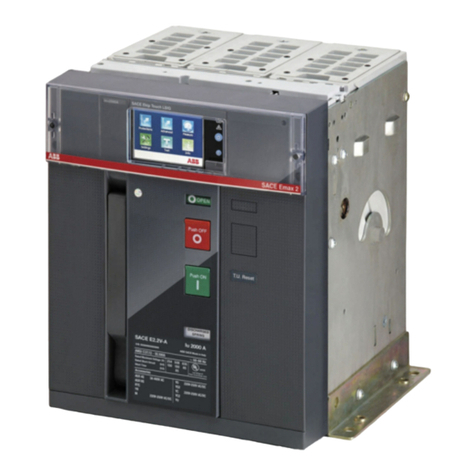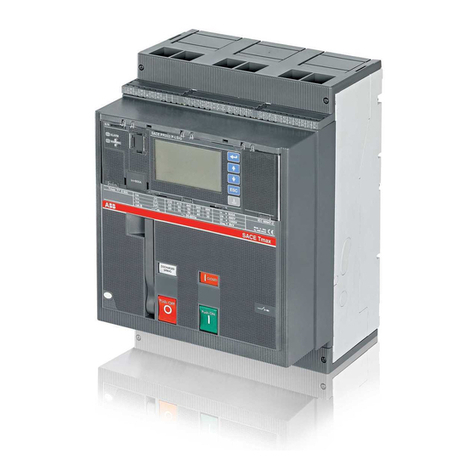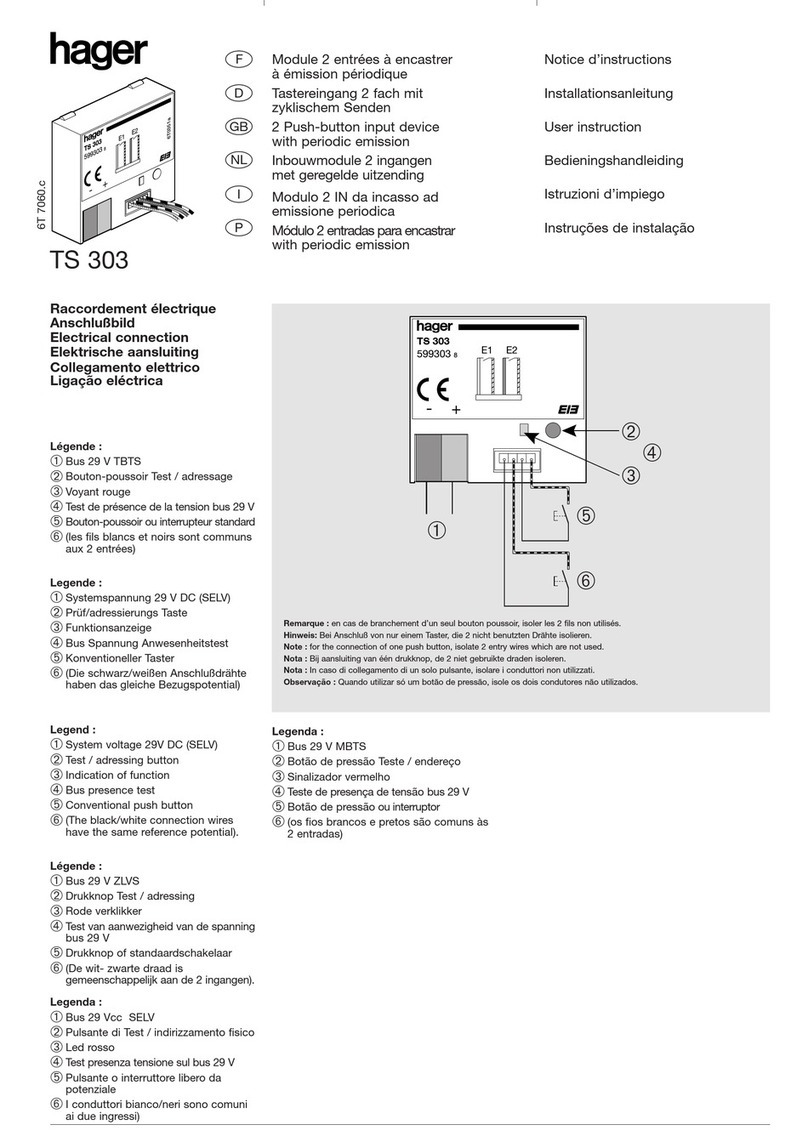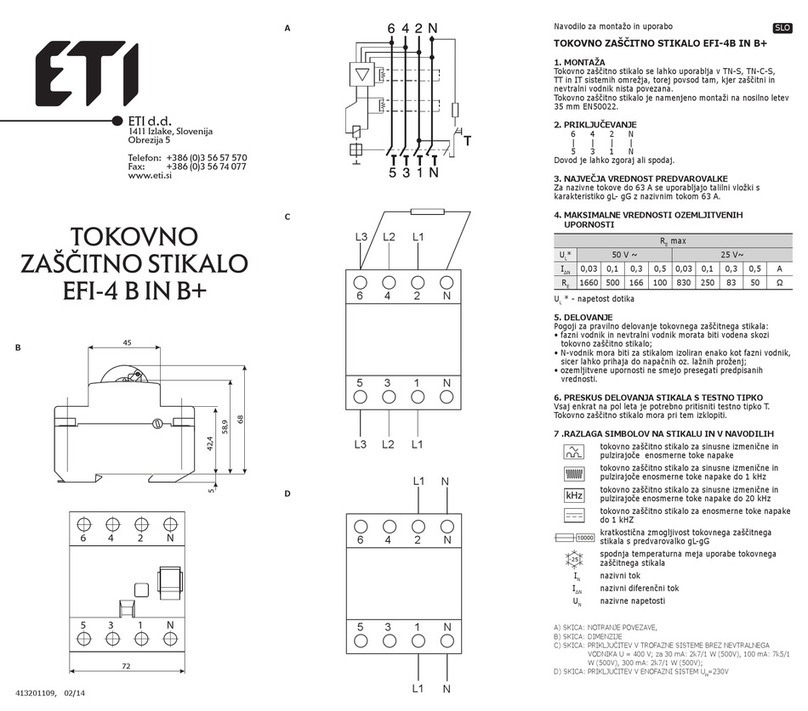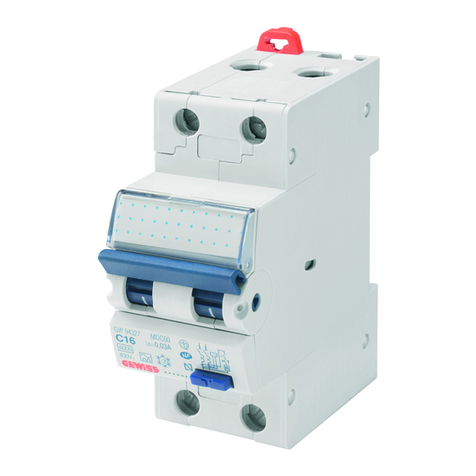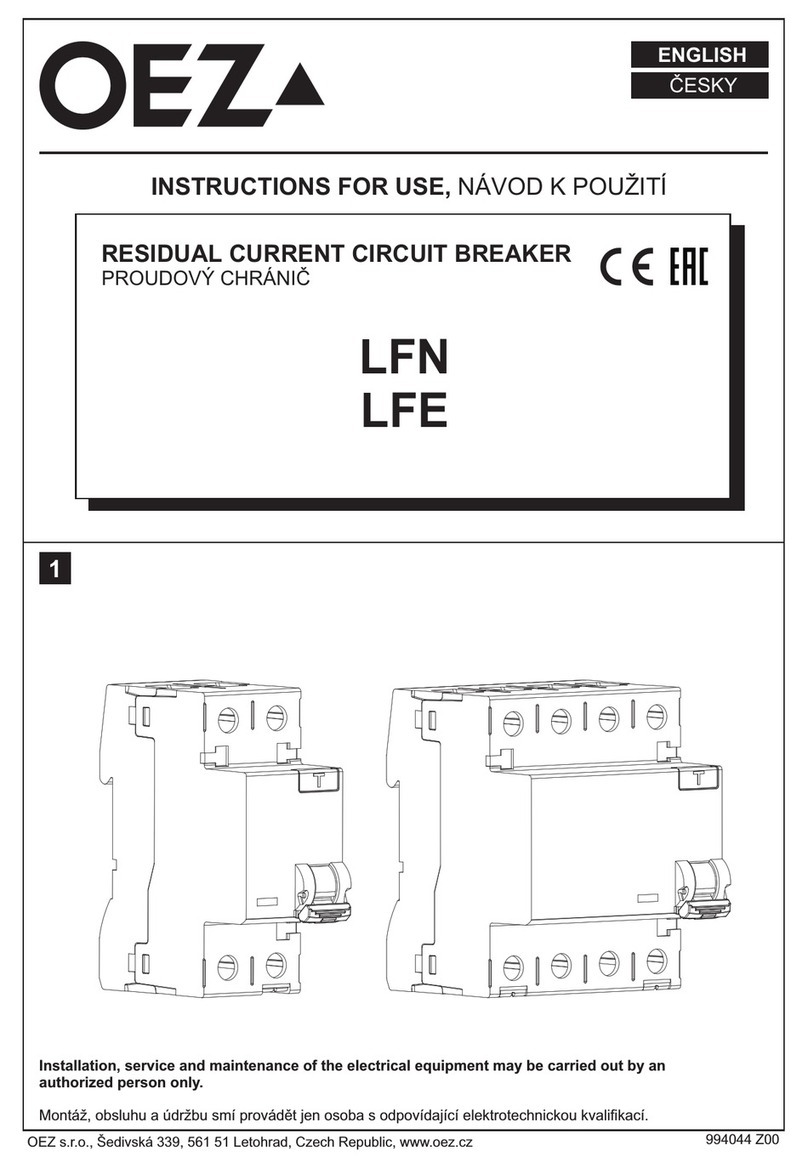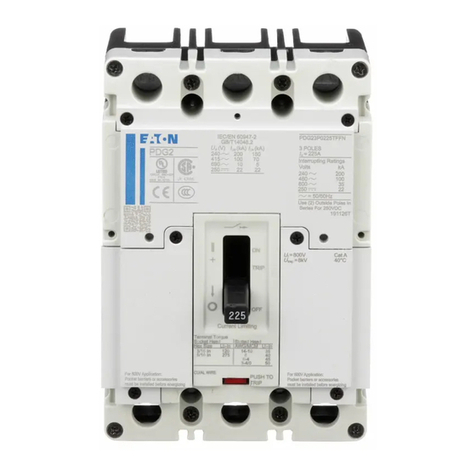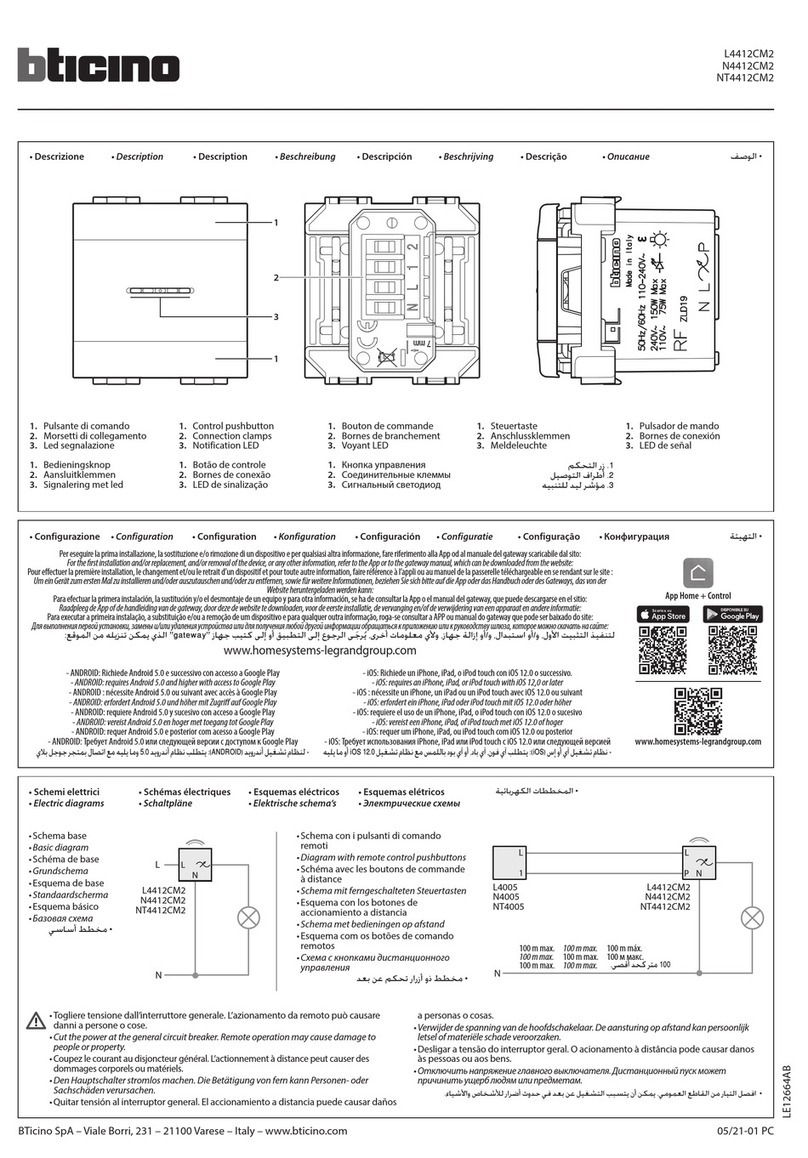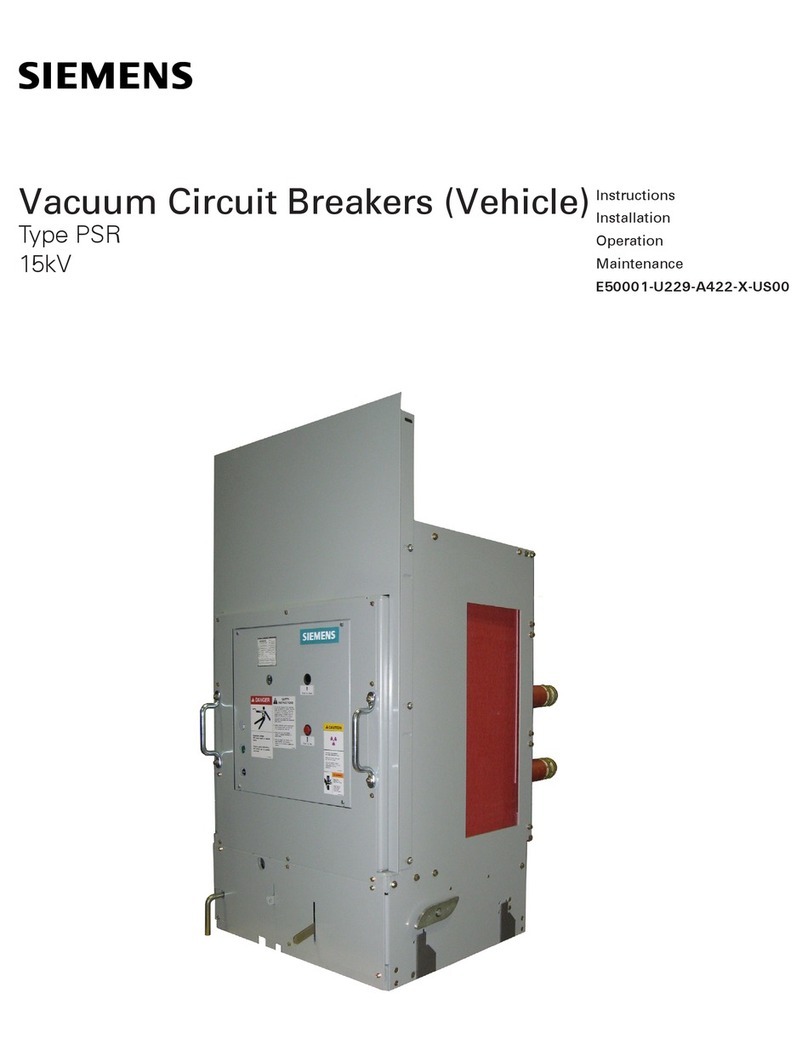
IB 6.2.11.1-2C
Page 10
ABB
ensure the correct functionality of the breaker. For
example, it is not possible to disable both the
instantaneous and short time elements simultaneously.
Also, the long time element cannot be disabled.
The MPSC-2000 trip unit is completely tested prior to
shipment. Since there are no mechanical devices
which may have lost adjustment during shipment, no
readjustments, other than making the required settings,
need be made prior to placement in service. The
following trip characteristics are available: long time
setting and delay bands; short time setting and delay
bands with switchable I2t characteristic, instantaneous
setting, and ground setting and delay bands with
switchable l2t characteristic. Other settings are
available for devices with a VIM installed - see IB
6.1.2.8-1A for details.
The MPSC-2000 trip unit must be properly set, as
required by the individual circuit based on a
coordination study performed for the system, in order to
provide the necessary protection. The MPSC-2000 trip
device is shipped with standard shipping settings; THE
SHIPPING SETTINGS DO NOT CORRESPOND TO
THE REQUIREMENTS OF THE SYSTEM IN WHICH
THE BREAKER IS INSTALLED. DETERMINE WHAT
THE CORRECT SETTINGS SHOULD BE FOR THE
ELECTRICAL SYSTEM IN WHICH THE BREAKER IS
INSTALLED PRIOR TO CLOSING THE CIRCUIT
BREAKER INTO THAT SYSTEM. Nuisance tripping
or inadequate protection may result from failure to
properly adjust the circuit breaker trip device. To adjust
the settings of the MPSC-2000 trip device, see the
instructions in IB 6.1.2.8-1A.
A trip operation indicator, or target, is provided on the
face of the MPSC-2000 unit. When the MPSC-2000
determines that a trip is necessary, it will both signal
the magnetic latch and display the trip target with an
orange "day-glo" color. Since the target is a
mechanical device, it does not require power to retain
its indication. This indication is resistant to shock and
vibration, and will remain as long as the breaker is
open. The target is automatically reset by the
microprocessor within about two seconds after breaker
closure (as long as at least 6% of sensor current is
flowing through the circuit breaker phases). In
situations where a circuit breaker is closed into a circuit
where a trip condition still exists, the target will be reset
instantaneously, and then display again when the
breaker re-trips. New circuit breakers unpacked from
the factory may have the target displayed as a result of
the factory testing performed on the breaker prior to
shipping. This target will reset when the circuit breaker
is closed and sufficient primary current is flowing.
Continuous monitoring of the microprocessor function
is programmed into the MPSC-2000. "Watchdog"
circuits guard against the possibility of microprocessor
disfunction due to "endless loops”. A red light emitting
diode (LED) mounted on the face of the MPSC-2000
indicates the condition of the microprocessor. Normal
operation is shown by a blink rate of one flash per
second when a minimum of approximately 6% of the
sensor current rating is flowing through the primaries.
The LED may not blink, or may blink intermittently at
current levels below 6%. Servicing is required if the
LED remains lit but does not blink, or does not
illuminate at all when current levels are above 6%.
When a trip element “picks up", indication is provided
by a fast blink rate of the self monitor LED. When this
is observed, the MPSC trip unit is in the timing mode
and breaker tripping is imminent.
Selecting Trip Settings - The settings of current
threshold and delay bands must be determined by an
analysis of the protection and coordination
requirements of the power system. Settings are made
using the menus on the LCD screen as explained in IB
6.1.2.8-1A. Unlike previous electronic trip devices, the
MPSC-2000 settings are selected in amperes (e.g.,
2400A, 480A, etc.) instead of multipliers (e.g., 3X, .6X,
etc.), thereby eliminating intermediate calculations.
OPERATING SEQUENCE FOR ELECTRICALLY
OPERATED (EO) CIRCUIT BREAKERS
With the circuit breaker racked to the TEST or
CONNECTED position, the closing springs discharged,
and the control power source energized, the following
occurs when the motor disconnect switch is placed in
the ON position (Refer to the schematic in Figure 2):
1. The "b" contact (closed when the breaker is open)
and the CSCS contact (closed when the closing springs
are discharged), allow the spring charging motor to be
energized. When the closing springs reach the fully
charged condition, the CSCS opens to deenergize the
motor.
2. Operation of the remote close control switch or
optional electrical close push button energizes the
close coil through the Solid State Control Device
(SSCD) and the breaker auxiliary switch "b" contact.
The close coil releases the close latch, the springs
discharge, and the breaker contacts close.
3. When the springs discharge, the CSCS contacts
close.
4. When the circuit breaker contacts close, all auxiliary
switch “a" contacts close and all “b" contacts open.
